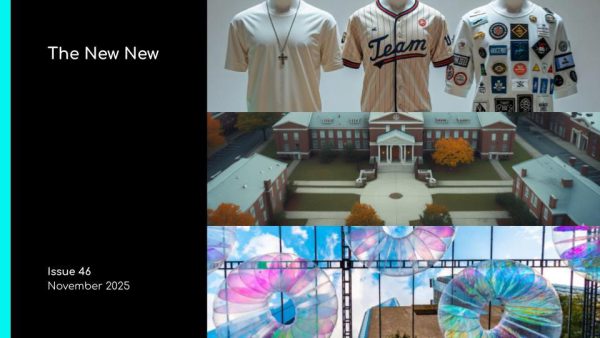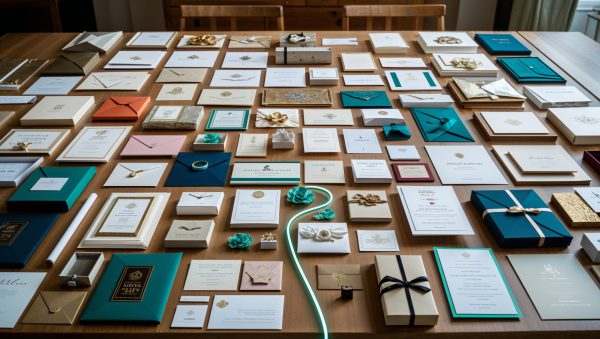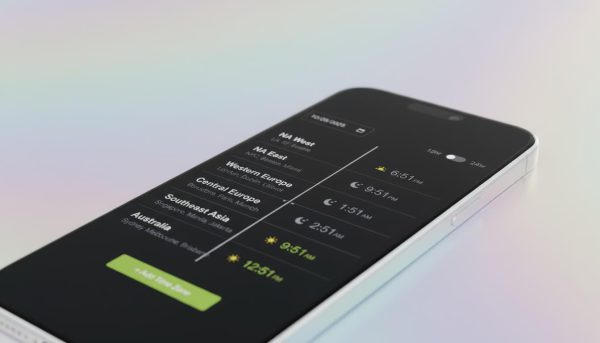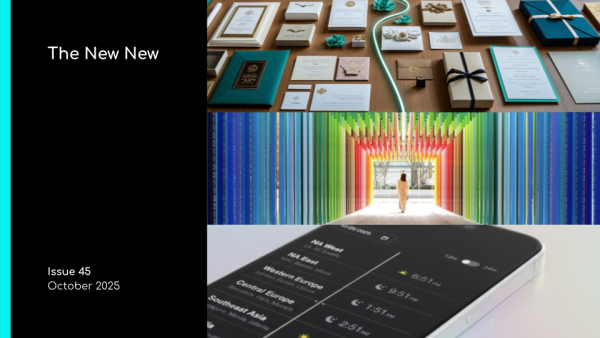2018’s Brand Experience Building Blocks

Across industry insights from EventTech, XLIVE, CES, Outdoor Retailer, and more, we’ve discovered what it takes to build breakthrough brand experiences in 2018.
Over the last few months we’ve sent teams out on the road, around the country, to explore the latest trends in experiential marketing and to discover how experiences are evolving to meet brand challenges this year.
There were some flagship events that we aim to attend every year, like EventTech, ITSMA, and the Experiential Marketing Summit, and also some new waters we wanted to test, like XLIVE, CES, Outdoor Retailer, and AR in Action. Whether we were speaking, sponsoring, producing, or simply attending, our goal was to cover a spectrum of various industry events and find the trend line of our scatter plot of takeaways.
After analyzing our findings on that “line of best fit,” if you’re elevating your event and building a true brand experience this year, we’re betting on the following building blocks to ensure cross industry success with your audiences.
A Convergence of Digital and Physical Experiences
Find your activation, breakout, or booth experience sweet spot where technology meets analog.
It’s no secret that the more technology improves efficiency and productivity in our lives, the more it seems to adversely affect our health. Artificial light from our phone and computer screen is affecting melatonin production and preventing deep, restorative sleep, and technology fatigue is a real issue. As a result, we’ve noticed attendees craving more physical, less connected interactions. But we can’t totally get away from the tech, especially in the brand experience realm.
Some of the most exciting activations and event experiences of the last year were riddled with integrated and interactive technologies, which can be game-changers in the way we absorb messaging in a crowded space and forge connections with a particular brand. We saw that in Acura’s experiment with brainwear at EventTech. But that means going forward, balance is key.
The last five years has felt like the big bang of event technology and while we’d love to see our landscape continue to expand, there may be a collapse and consolidation on the horizon. The big players are already starting to buy up some of the more specialized event tech in the race to build an owned eco-system of soup-to-nuts event tech solutions. Should that be the case, it will likely be easier to find that balance of using a few key integrated experiential technologies, while delivering a very hands-on, memorable, analogue experience.
Tightly Curated Event Communities
The experience economy is here, the event industry is booming, and consumers have all the options in the world for where and how they want to spend their time. How do you ensure your event is the event they want, no need to attend? Niche down your audience.
Events have a way of nurturing developing identities. Everybody is looking for their community—the place they belong. Digital marketers, healthcare technology buyers, tax consultants, and Deadheads have one thing in common and it’s that they don’t want the same things out of an event. Brand experiences cannot be one size fits all.
For your event to have staying power these days, you must create hyper personalized experiences for hyper specific communities. One way to more accurately curate a community you know will connect with your event and brand is to have them apply to attend. This year, don’t just have an audience…build a tribe.
Loosely Curated Attendee Journeys
While you should have a very narrow focus on the community you’re building an experience for, the on-site journey should feel like an adventure that is always in their hands. Think of this like 360-degree video.
Brands, filmmakers, news networks, and the Olympics are all beginning to utilize 360 video to tell stories and there is an interesting thing about crafting a narrative via this medium. Unlike traditional video, the viewer is allowed to decide where their attention will go. The director may have a certain visual narrative in mind, and may hope to bring the viewer through a specific story arch, but the final decision of where the audience will actually look is not in the director’s control. Your brand experience must work the same way.
You’ve got your audience in a space but once they’re there, let them be free to turn the camera and shift their attention to where they desire. We caught up with Meow Wolf’s Vince Kadlubek at XLIVE and he spoke to the importance of this, remarking, “It’s about reconnecting people with the scientist inside of them. The person who’s curious, and wants to discover, and wants to learn, and wants to explore. That feeling is mind-blowing.”
Gender Equity At Events
This will likely be one of the hottest topics through the rest of this year and is sure to change the experience landscape forever. With CES getting called out for its absence of women on the keynote roster, and women’s leadership in the outdoors being one of the most talked about issues at Outdoor Retailer, we can only expect the momentum here to keep building.
One organization we have our eyes on as of late is Innovation Women. Innovation Women is a visibility bureau for entrepreneurial, technical and innovative women aiming to both connect event managers to women who are potential speakers and to create gender-balanced panels across industries. You would benefit from starting your search for speakers here as you plan your message tracks for 2018 brand experiences.
As experience producers, planners, marketers, and stewards of corporate responsibility and basic human and civil rights, it is our duty to elevate the experience for women in business and on stage at events.






